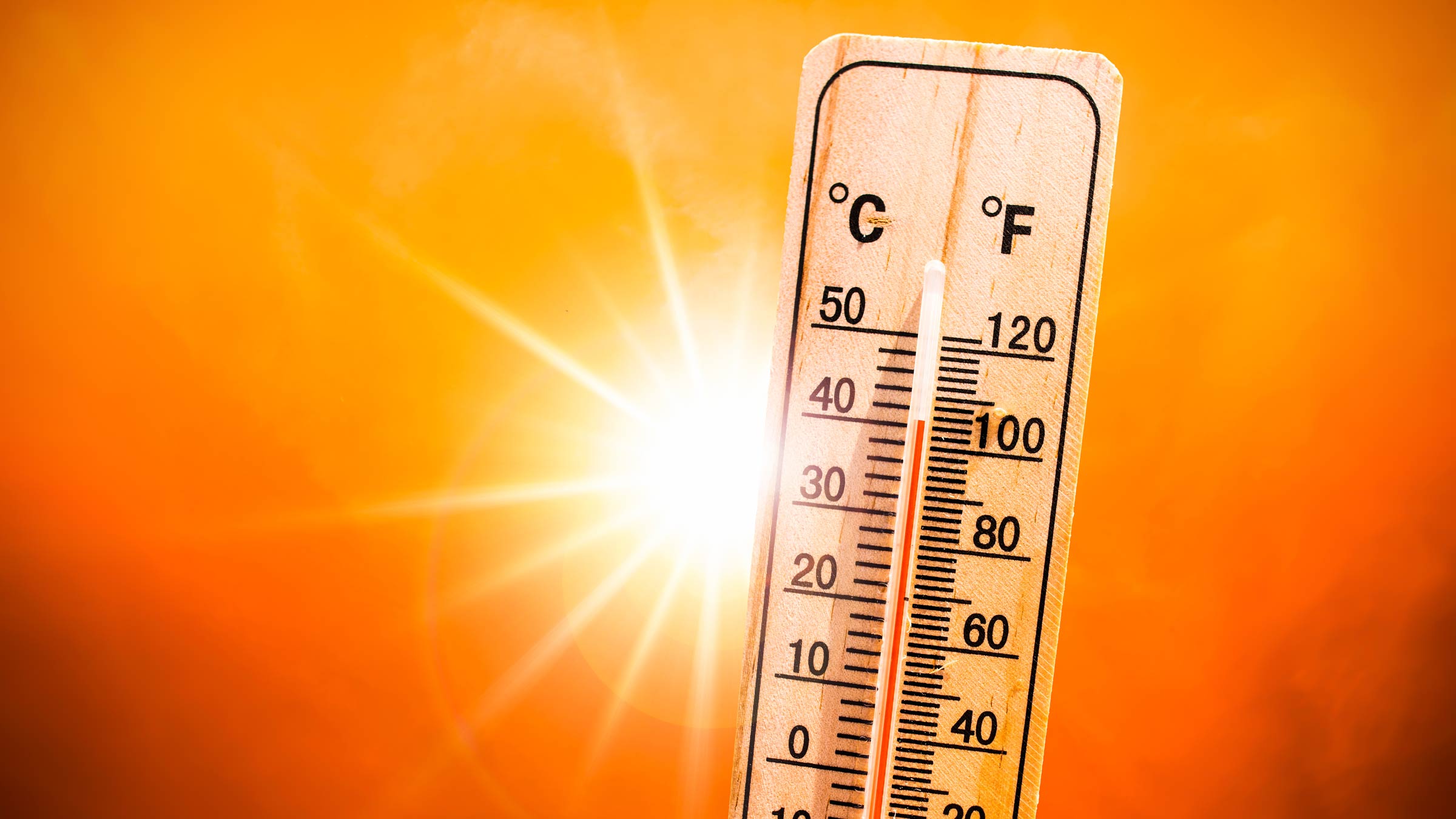
As summer’s cauldron bubbles, it doesn’t take long for things to heat up and become dangerous.
But it doesn’t take 100-degree temperatures for heat exhaustion and heatstroke to strike. They can happen whenever there’s a sudden rise in temperature, or when high humidity accompanies warm conditions.
And spotting the signs of heat illness can be critical for you or your friends and family when spending time outdoors.
Heatstroke can be fatal if it goes unrecognized and untreated. People who are suffering from heatstroke often are confused, and they may not know to seek out care or remove themselves from a hot environment. Without proper treatment and cooling, the brain will essentially overheat, possibly leading to abnormal electrical activity, seizures and other depressed activity.
It’s important to know the difference between heat exhaustion and the more dangerous condition of heatstroke. A summary of each, and how they’re treated, is below.
If you have any doubt about whether symptoms are related to heat exhaustion versus heatstroke, seek care right away at an Emergency Department or Advanced Urgent Care location.
Identifying heat exhaustion
- Heat-related syndrome brought on by high temperatures and might be caused by dehydration, drinking alcohol or wearing clothes that are too warm
- Symptoms include fatigue, nausea, headache, high body temperature, decreased sweating and decreased urine output
Treating heat exhaustion
- Get out of the heat
- Drink plenty of fluids and use cool towels to lower body temperature
- Take a cool bath or shower
Identifying heatstroke
- Interruption of the body’s ability to cool itself down, brought on by high temperatures
- Symptoms include fever/body temperature of 103 degrees F or higher, rapid pulse rate, loss of consciousness, delirium and hot/dry skin
Treating heatstroke
Heatstroke is a medical emergency. Call 911 if you suspect that you or someone you’re with is having heatstroke. Medical specialists need to cool the patient’s body and can do so with ice baths, ice packs or catheters placed in large blood vessels. They’ll also monitor the patient’s heart rate and electrolyte levels.
Preventing heat illnesses
If you know you’re going to be outside for a long period of time in summer weather, it’s important to plan for it.
- Make sure you have plenty of water and take breaks from the heat. Every hour or so, make a point to go inside and take a drink.
- Make sure you have adequate urine output. If you’re sweating and not drinking enough, you’ll stop making urine.
- Wear sunscreen and appropriate clothing.
- Watch alcohol intake, especially with certain medications. Consuming alcohol with some medications, such as antidepressants and antihistamines, can cause harm in the heat. Alcohol can dehydrate the body, and the medications may inhibit the body’s ability to sweat.
- Be aware of the body’s needs before exercising when temperatures rise significantly. Hydrating before exercising is essential.
- Watch out for the warning signs of heat exhaustion and heatstroke: dizziness, weakness, lack of sweat and a listless feeling.

When an emergency strikes, turn to The Ohio State University Wexner Medical Center’s full-service, state-of-the-art emergency departments
Our facilities are equipped to handle any medical emergency.
Find a location near you




